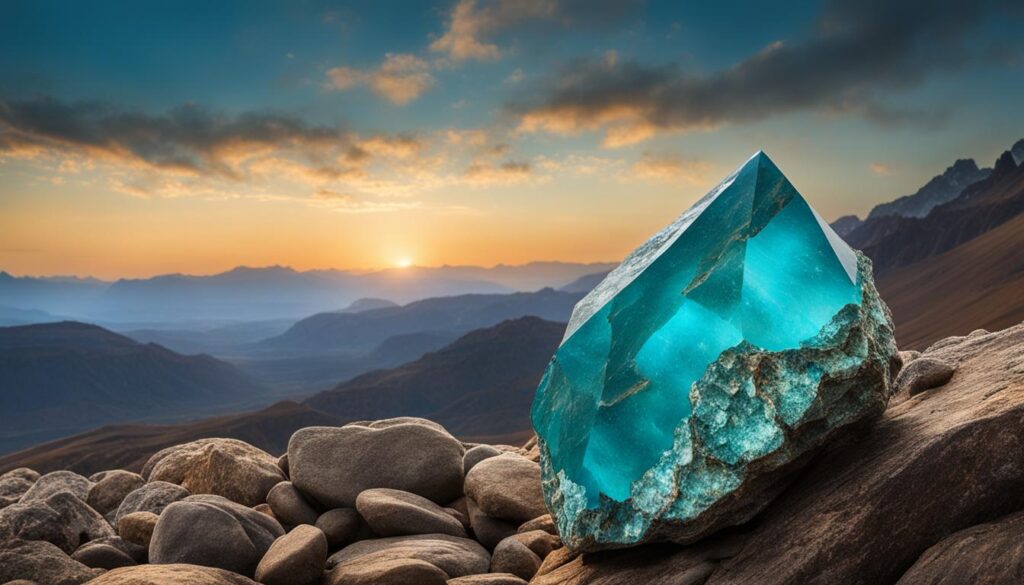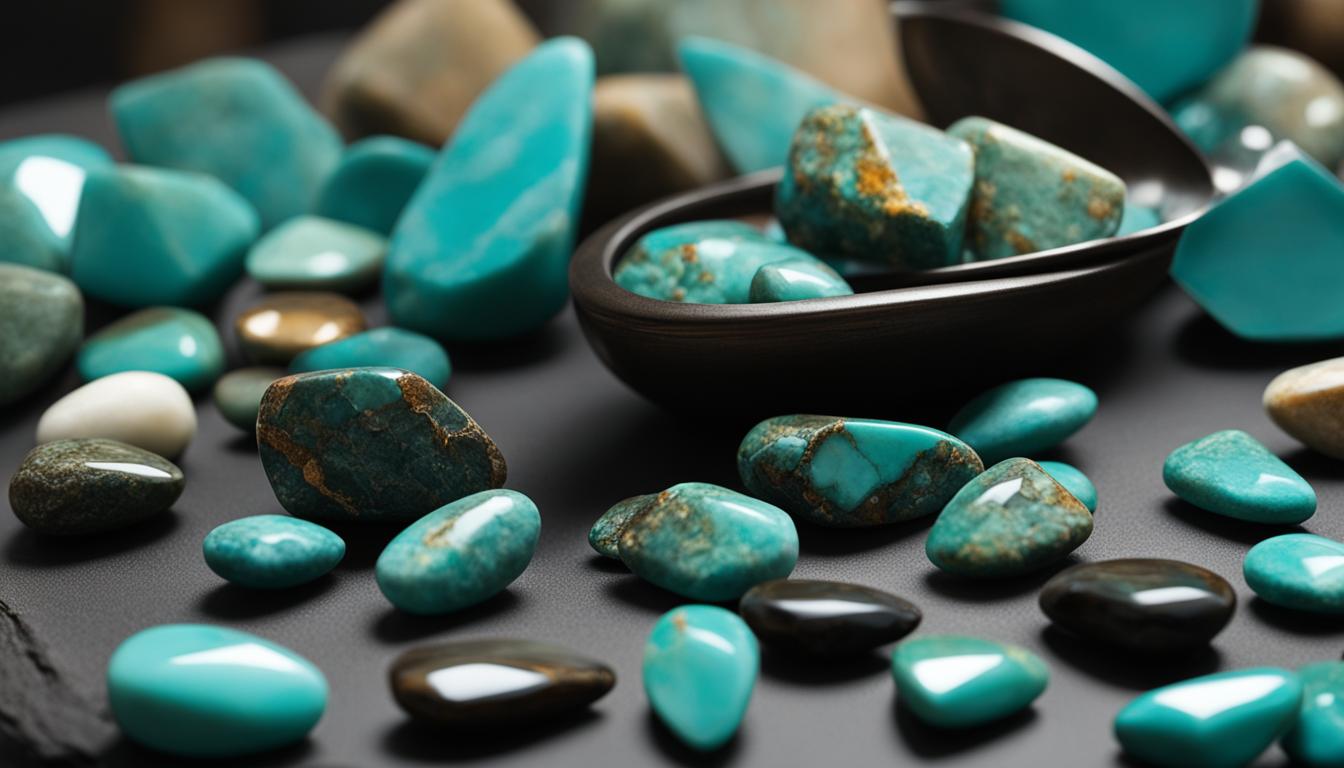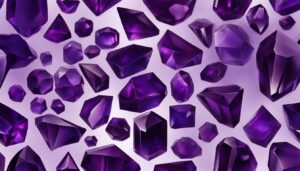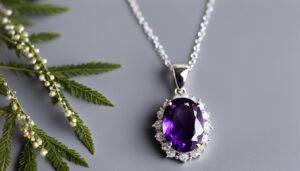Welcome to our Turquoise Value Guide, where we explore the fascinating world of turquoise and its market value. Are you curious about how much turquoise sells for? In this article, we will delve into the factors that determine the selling price of turquoise and provide you with essential insights to help you navigate the turquoise market.
Turquoise is a highly sought-after gemstone known for its captivating blue-green color. Its price can vary significantly, ranging from as low as $1 to as high as $10 per carat. However, the quality of turquoise plays a crucial role in determining its market value. Let’s take a closer look at the key factors influencing the cost of turquoise.
Key Takeaways:
- Turquoise stones can range in price from $1 to $10 per carat.
- The Turquoise Quality Index (TQI) measures the quality of turquoise on a scale of 8 to 100.
- The weight of the stone and TQI score determine the value of turquoise.
- Turquoise is weighed in carats, and the price per carat can range from $0.05 to $500.
- The structure, rarity, and history of turquoise also contribute to its value.
Factors Affecting Turquoise Value
When it comes to determining the value of turquoise, several factors play a crucial role. Understanding these factors is essential for both buyers and sellers in the turquoise market. Let’s explore the key elements that affect the value of turquoise.
- Weight of Turquoise: The weight of a turquoise stone is one of the primary factors that influence its value. Typically, heavier stones are considered more valuable due to their larger carat weight.
- Turquoise Quality Index (TQI): The Turquoise Quality Index, also known as TQI, is a measurement used to evaluate the quality and value of turquoise. It ranges from 8 to 100, with higher scores indicating better quality and increased value.
- Turquoise Structure: The structure of a turquoise stone, including its hardness, enhancement, composition, and cut, can significantly impact its value. Harder stones are generally more valuable, and different forms of enhancement, such as stabilization or treatment, can affect the price.
- Turquoise Rarity: The rarity of turquoise is another crucial factor in determining its value. Rare turquoise stones that are scarce in the market tend to be more valuable.
Taking these factors into account, buyers and sellers can make informed decisions when it comes to turquoise. Whether you are looking to invest in turquoise or simply appreciate its beauty, understanding the factors influencing its value can enhance your experience with this precious gemstone.
Comparative Turquoise Value Factors
| Factors | Description |
|---|---|
| Weight of Turquoise | The weight of a turquoise stone is an important determinant of its value, with heavier stones being more valuable. |
| Turquoise Quality Index (TQI) | The Turquoise Quality Index, ranging from 8-100, measures the quality and value of turquoise, with higher scores indicating better quality and increased value. |
| Turquoise Structure | The structure of turquoise, including hardness, enhancement, composition, and cut, can significantly impact its value. Harder stones and certain enhancements can increase its worth. |
| Turquoise Rarity | Rare turquoise stones, due to their scarcity in the market, are considered more valuable. |
The Rarity and History of Turquoise
Turquoise is a gemstone that has been treasured by civilizations throughout history. Its vibrant blue-green color and exquisite beauty have made it highly sought after for use in jewelry and ceremonial objects. Let’s explore the rich history and cultural significance of turquoise.
Ancient civilizations such as the Egyptians, Chinese, Native Americans, and Persians all valued turquoise and harnessed its unique properties. Egyptians used turquoise in jewelry, amulets, and adornments for their pharaohs. Chinese artisans incorporated turquoise into intricate carvings and statues, symbolizing wealth and protection. Native American tribes regarded turquoise as sacred and used it in rituals and ceremonies, believing it to bring good fortune and protection.
The rarity of turquoise adds to its allure and value. Certain mines are known for producing rare and highly sought-after turquoise stones. For example, Lander Blue turquoise from Nevada is considered one of the rarest and most valuable varieties due to its striking blue and black spiderweb matrix.
Turquoise has a deep-rooted cultural significance in various societies. It is believed to offer protection, promote inner calmness, and enhance spiritual connection. Its vibrant color represents the sky and ocean, symbolizing unity, balance, and harmony.
To better understand the rarity and value of turquoise, let’s take a look at the following table:
| Turquoise Mine | Rarity Level | Location |
|---|---|---|
| Lander Blue | Extremely rare | Nevada, USA |
| Persian | Highly rare | Iran |
| Royston | Rare | Nevada, USA |
This table highlights the rarity levels of turquoise from different mines around the world. The scarcity of certain turquoise varieties contributes to their higher value in the market.
Throughout history, turquoise has captivated people with its mesmerizing beauty and cultural significance. Its rarity, combined with its vibrant color and historical importance, continues to make turquoise a cherished gemstone today.

Turquoise Characteristics and Identification
Turquoise is an opaque mineral renowned for its captivating blue-green color, which is a result of the copper and aluminum compounds present in its chemical structure. The hue of turquoise can range from serene blues to vibrant blue-greens, with variations influenced by different elements found in the surrounding environment.
Natural turquoise often showcases distinctive matrix patterns, which are vein-like or webbed structures caused by the presence of host rock materials. These natural matrix patterns can enhance the uniqueness and value of turquoise, adding an element of beauty and character.
Identifying real turquoise from synthetic imitations and other materials that may resemble it is crucial for collectors and buyers alike. Synthetic turquoise, though visually similar, can be distinguished by its specific characteristics. Synthetic turquoise typically exhibits a mix of tiny blue spheres dispersed in a light-colored host medium.
“The color variations and matrix patterns make each piece of turquoise truly unique, reflecting the beauty and diversity of nature’s artistry.”
Key characteristics of Turquoise:
- Opaque mineral
- Blue-green color influenced by copper and aluminum compounds
- Natural matrix patterns, vein-like or webbed structures caused by host rock materials
- Distinctive characteristics, such as tiny blue spheres in synthetic turquoise
Being able to recognize these characteristics is essential when evaluating and appreciating turquoise’s beauty and authenticity.

Next, we will explore the historical significance and rarity of turquoise, shedding light on its cultural importance and allure.
Conclusion
After exploring the various factors that contribute to the value of turquoise, it is clear that this beautiful gemstone holds significance beyond its aesthetic appeal. The rarity of turquoise, coupled with its rich historical and cultural background, adds to its allure and desirability in the market.
When determining the value of turquoise, it is crucial to consider its weight, as heavier stones are generally more valuable. The Turquoise Quality Index (TQI) provides another important metric, with higher scores indicating better quality and increased worth. Additionally, the structure of turquoise, including hardness, enhancement, composition, and cut, plays a role in determining its value.
Turquoise can range in price from as low as $0.05 to as high as $1000 per carat, depending on its quality and unique characteristics. However, it’s important to note that the true worth of turquoise goes beyond a monetary value. Its authenticity and the resonance it holds with individuals in terms of beauty and symbolism contribute to its overall value.
Whether you are a collector, jeweler, or someone with a keen appreciation for turquoise, understanding the factors involved in determining its value empowers you to make informed decisions. The worth of turquoise extends beyond its price tag, encompassing its rarity, history, and cultural significance. Embrace the beauty of turquoise and discover the true value it holds.
FAQ
How much does turquoise sell for?
The price of turquoise stones can vary widely, ranging from $1 to $10 per carat. The actual price can range from as low as $0.05 to as high as $1000 per carat, depending on the quality of the stone.
What factors determine the value of turquoise?
The weight of the turquoise stone and its Turquoise Quality Index (TQI) are important factors in determining its value. The TQI measures the quality of the stone on a scale of 8 to 100, with higher scores indicating better quality and higher value. The structure of the stone, including hardness, enhancement, composition, and cut, also affects its value. Rarity is another significant factor, as rare turquoise stones are more valuable.
What is the rarity and history of turquoise?
Turquoise has been highly prized throughout history and has a long tradition of use in jewelry and ceremonial objects. It has been mined and worked by various ancient civilizations, such as the Ancient Egyptians, Chinese, Persians, and Native Americans. Turquoise is revered for its vibrant blue-green color and holds significant cultural and spiritual importance in many cultures. Certain mines produce rare and highly sought-after turquoise stones, further adding to their value.
What are the characteristics of turquoise and how can it be identified?
Turquoise is an opaque mineral with a blue-green color, resulting from copper and aluminum compounds in its chemical structure. The color of turquoise can range from blue to blue-green, and it often exhibits matrix patterns caused by the presence of host rock materials. These matrix patterns can add value to the stone. It is important to be able to distinguish real turquoise from synthetic imitations and other materials that resemble turquoise. Synthetic turquoise can be identified by its distinctive characteristics, such as a mix of tiny blue spheres in a light-colored host medium.
What is the worth of turquoise and how is its value determined?
The worth of turquoise is influenced by factors such as weight, Turquoise Quality Index (TQI), structure, rarity, and history. The price per carat for turquoise can range from $0.05 to $1000, depending on its quality. Ultimately, the value of turquoise depends on its authenticity and the perception of its beauty and symbolism by individuals.




